Scandinavian interior design, renowned for its simplicity, functionality, and connection to nature, has a timeless beauty that transcends trends. Going beyond mere aesthetics, this design philosophy radiates a sense of serenity and authenticity, offering a sanctuary from the noise of the modern world. In our increasingly chaotic lives, there’s much to be admired and adopted from this serene design approach. Whether you are looking to completely revamp your home or just want to incorporate a touch of Scandinavian magic into your existing space, this essay aims to provide a comprehensive guide on the Scandinavian design philosophy, its key elements, iconic furniture, and practical ways to incorporate it into your home.
Understanding Scandinavian Design Philosophy
Exploring the Scandinavian Design Philosophy
The Scandinavian design philosophy, born in the Nordic countries of Denmark, Finland, Iceland, Norway, and Sweden in the early 20th century, is distinctly marked by simplicity, minimalism, and functionality. It was conceived as a way to improve everyday living while contending with a challenging climate, limited resources and an innate longing to incorporate nature indoors.
The essence of Scandinavian design reflects throughout a living area with each item serving a distinct purpose and function. This design ethos insists on creating a space that exudes harmony with practical, well-crafted, and aesthetically pleasing elements. Scandinavian design intricately marries form and function to promote everyday utility of beautiful objects.
A noteworthy feature of Scandinavian design is its emphasis on simplicity and minimalism. Clean lines, an absence of disorder, and a subdued color scheme mainly featuring white and pale tones contribute to a relaxed and refined aesthetic. The colors draw their inspiration from the characteristic Scandinavian landscapes, pairing monochromatic schemes with simple yet elegant furniture and accessories, forging a tranquil vibe with understated sophistication.
A significant aspect of this design philosophy is the profound connection with nature. This is reflected in the use of natural materials, like wood, stone, and leather, in creating furniture and home accents. Architectural traits like large windows for optimum natural light, indoor plants, and finishes in natural wood aim to recreate the calming beauty of Nordic landscapes within the confines of an indoor space.
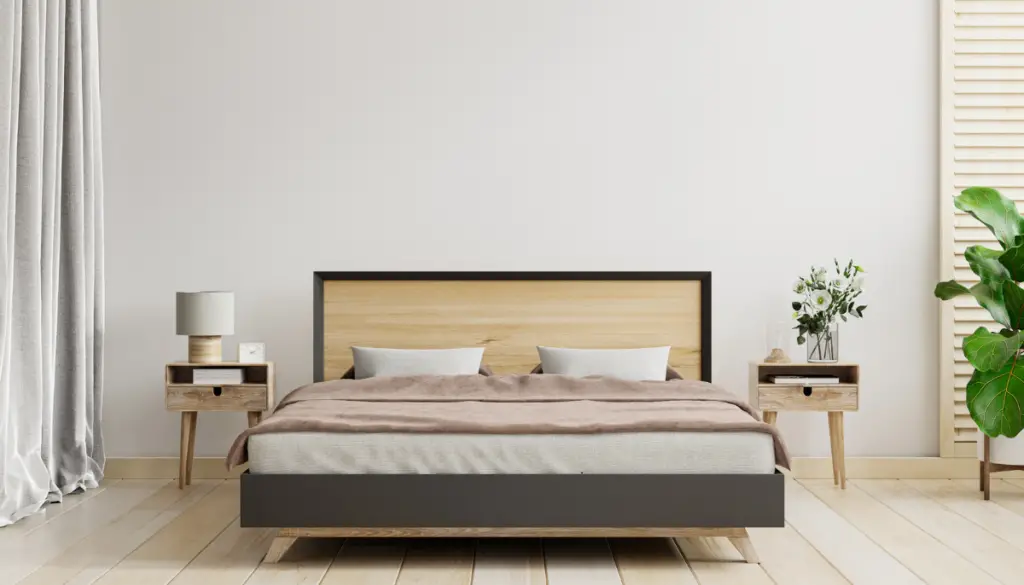
The minimalist charm of Scandinavian design shines through in the practical use of space and light, aiming to establish a welcoming and cozy space. The minimalist mantra supports functional, multi-purpose space solutions, and uncomplicated yet chic furniture. The concept revolves around owning fewer, high-quality items that are versatile rather than owning an excess of elaborate pieces. This promotes a timeless appeal, steering clear of fleeting trends, and focusing on enduring, meticulously designed pieces that withstand the test of time.
In summation, the Scandinavian design philosophy transcends simplicity, functionality, and a deep-rooted connection to nature. It embodies a harmonious, minimalist aesthetic that promotes well-being and cultivates a timeless home milieu. Adapting these principles to your home interiors can yield a visually impressive, functional, and comfortable living environment that serves as an inspiring representation of Nordic lifestyle and inventiveness.
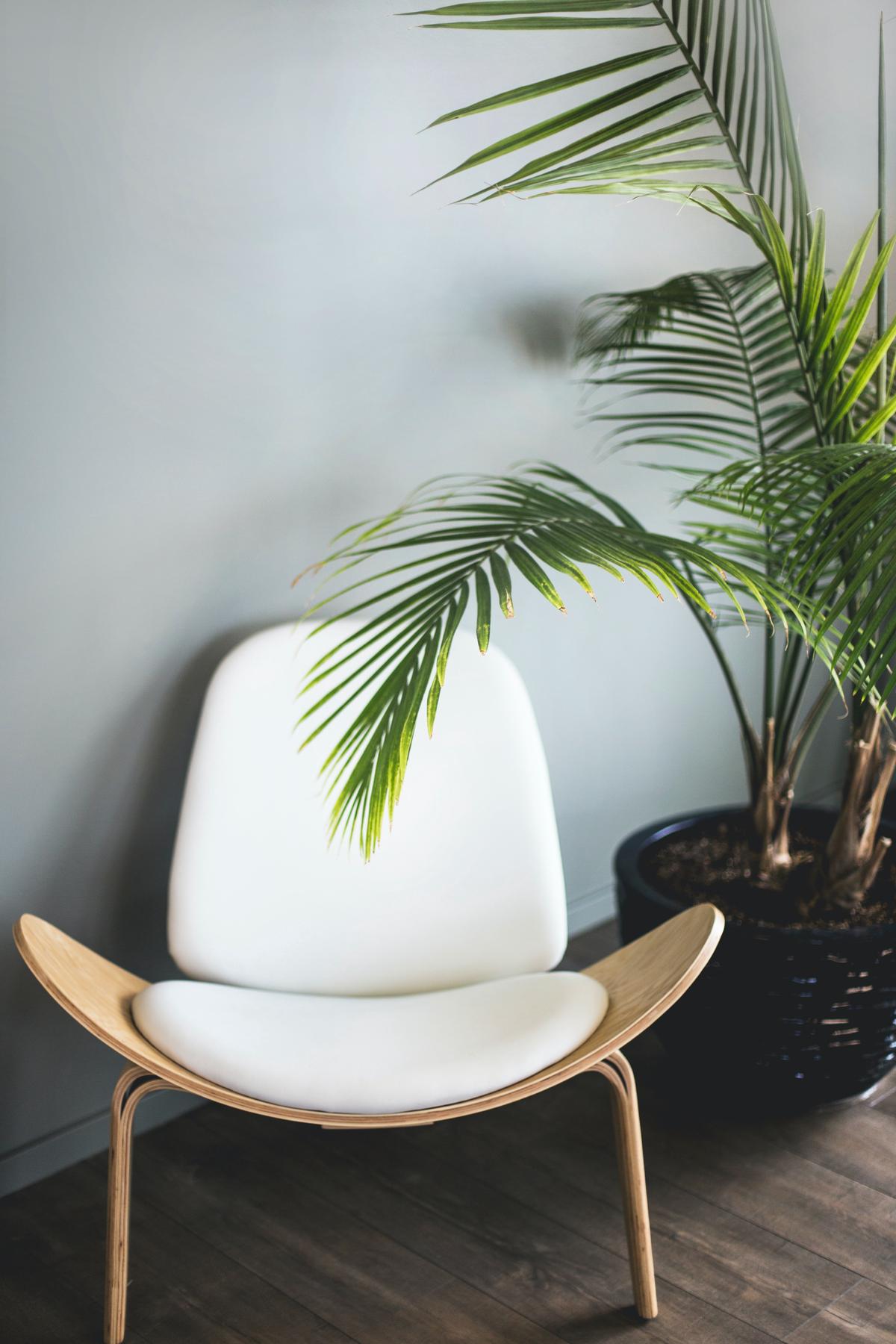
Key Elements of Scandinavian Interior Design
Identifying the Key Components of Scandinavian Interior Design
Marked by simplicity, minimalism, and functionality, Scandinavian interior design draws its aesthetic inspiration from the picturesque landscapes of Norway, Sweden, Denmark, and Finland. This design style is applauded for its pleasing fusion of textures, contrasts, and softer shades.
A predominantly neutral color palette serves as the cornerstone for Scandinavian interior design. Inspiration for the dominance of whites, grays, blacks, and browns comes from the snowy Nordic landscapes. The smattering of color generally comes from subdued pastels or other muted shades. The wall color is typically white or off-white, with furniture and accessories adding hints of grays and browns to complete the neutral palette.
Scandinavian furniture and decor boast clean lines and shapes. The heart of this interior design ethos is simple, functional, and sophisticated pieces. It’s common to see mid-century modern vintage pieces incorporated into the Scandinavian style. Holding true to the principle of “less is more”, decorators prioritize utility and pragmatism over unnecessary decoration. This can be achieved by opting for stylish furniture that also provide functional storage solutions.
Natural light plays an influential role in crafting the Scandinavian ambiance. Given the northern latitude of Scandinavian countries, daylight is limited; hence, interior spaces are designed to maximize the entry of natural light. This is generally achieved by avoiding heavy window treatments and letting the windows operate as sources of ample natural light.
Sustainable and eco-friendly materials are integral to Scandinavian design, highlighting its emphasis on sustainability. Including elements of nature like untreated wood, animal hides, and wool reduces the carbon footprint, and also cultivates a warm and inviting ambiance.
Implementing Scandinavian Interior Elements for a Timeless Look
Initiating your journey towards Scandinavian interior decor begins with the simple act of decluttering. Create an open, airy ambiance that accentuates simplicity and functionality. Choose furniture with a minimalist design, emphasizing neutral colors and sleek lines. This helps promote a sense of tranquillity often associated with Scandinavian interiors.
Use natural light to your advantage and introduce cozy textures such as heavy knit blankets, fluffy cushions, and wool or fur rugs, embodying the Danish concept of ‘hygge,’ which translates into a warm, cozy atmosphere.
Select materials that promote sustainability, including bamboo, cork, and reclaimed wood. Moreover, feel free to introduce indoor plants for a welcoming atmosphere, ensuring they are placed in minimalist pots in light colors to stay true to the Scandinavian style theme.
By implementing these ideas, your home will radiate a timeless elegance characteristic of Scandinavian design, with a modern edge that’s still innately connected to nature, making your house a truly homely retreat.
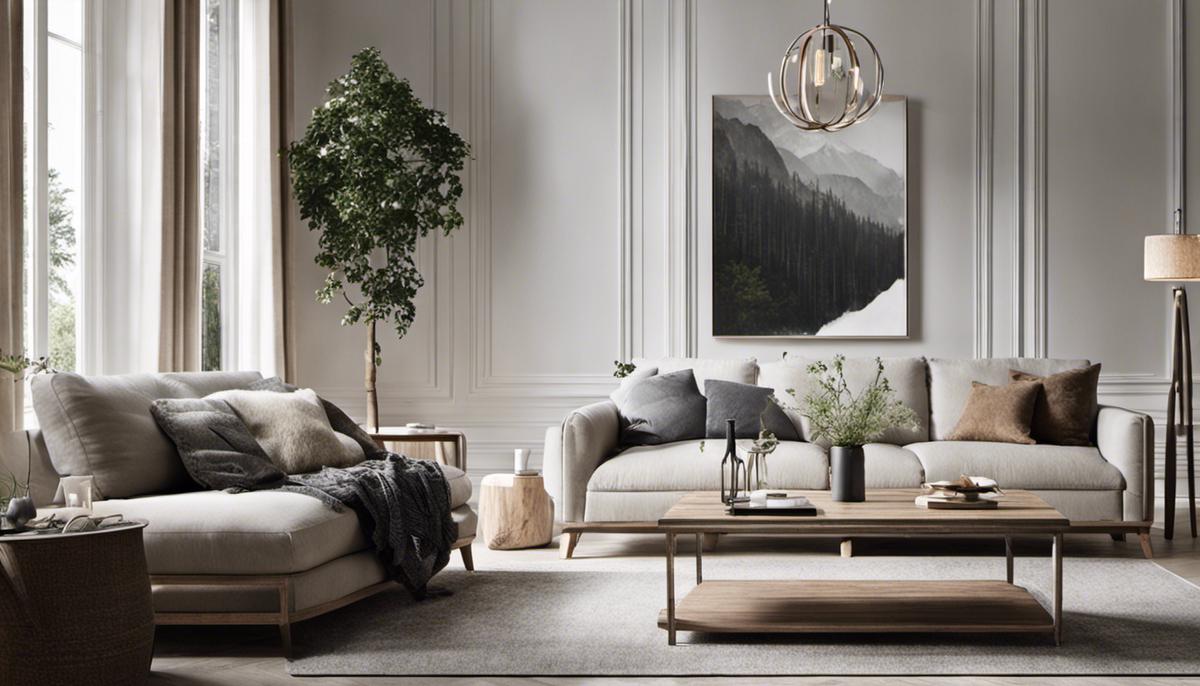
Iconic Scandinavian Furniture and Accessories
Classic Scandinavian Furniture for a Timeless Interior
Scandinavian design champions principles of simplicity, functionality, natural materials usage, and minimalism, explicitly represented in its iconic furniture pieces, adding a touch of distinct elegance.
A perfect specimen of this is the “Poäng” armchair by IKEA, a Noboru Nakamura creation. This popular piece showcases a beautiful balance of function and style with its bentwood technique used in crafting its bent birch wood frame, paving the way for an immensely comfortable lounging experience. It has become a household feature due to its affordability, durability, and distinct Scandinavian appeal.
Another timeless piece is the elegant “Wishbone” chair by Hans J. Wegner, a leader in Danish mid-century design. It has a uniquely streamlined structure, a steam-bent solid wood frame, and a Y-shaped backrest, symbolizing its name. Since 1950, it’s been enriching various spaces with its blend of aesthetics, comfort, and durability.
The “Egg chair” by Arne Jacobsen, designed for Copenhagen’s Radisson SAS hotel, is another gem of Scandinavian design. Its organic form provides comfort and privacy, standing as a luxurious symbol of Danish furniture design.
Iconic Scandinavian Accessories
Scandinavian-designed accessories are as laudable as their furniture counterparts. They exemplify subtlety, functionality, and an acknowledgment of the beauty of natural materials.
Certain timeless pieces to highlight are designer Alvar Aalto’s Savoy vase, also known as the Aalto vase. Designed in 1936 for Iittala, a Finnish design company, this unique, free-formed glass vessel remains popular till today. It not only serves as a functional object but also as sculpture or decor piece.
Kaj Franck’s “Teema” collection for Finnish design company Iittala is another classic Scandinavian accessory line. The purely minimalist porcelain dinnerware set, devoid of any ornamentation, thrives on its functionality and versatility.
Choosing Scandinavian Pieces
When choosing Scandinavian designs for one’s home, one must remember that the heart of Scandinavian design lies in its philosophy: to improve everyday life. Therefore, consider the function of the item, its aesthetics, and the materials used.
A good starting point would be incorporating a signature piece, like a Wegner Wishbone chair or an Aalto vase, to set the tone. The emphasis should be on natural elements, minimalism, and functionality. The result is a home steeped in Scandinavian simplicity, a space that is not just stylish, but also practical and comfortable.
Determining the draw of Scandinavian design reveals a striking balance between aesthetics and utility. Typified by their trademark simplicity, functionality, and superior craftsmanship, iconic Scandinavian furniture pieces contribute significantly to the charm of any living space. Their practical elegance makes them not only a treat for the eyes but also immeasurably enhances everyday living. The timeless appeal of these pieces allows them to blend effortlessly with an array of interior themes, ensuring their relevance regardless of changing trends.
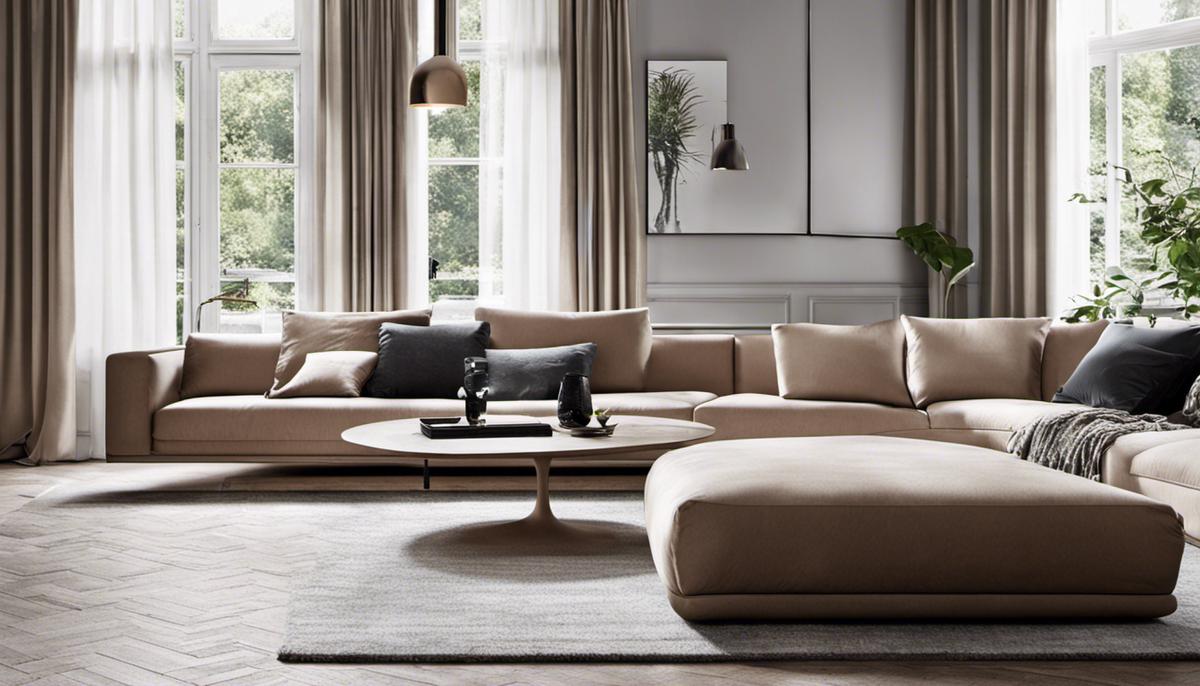
Incorporating Scandinavian Design into Your Home
Understanding Scandinavian Design
Originating from the Nordic locales of Sweden, Norway, Denmark, and Finland in the 20th century, Scandinavian design encapsulates minimalist, straightforward, and practical elements. Classic Scandinavian design is distinguished by its employment of muted hues, organic materials, uncluttered lines, and stripped-down geometries. With a proclivity towards the natural world, Scandinavian design radiates an organic simplicity through its synthesis of streamlined, sleek, and nature-inspired features.
Key Elements of Scandinavian Design
Regardless of which room you are decorating, there are certain key elements that are a common thread in Scandinavian design. These include a focus on neutral, muted colors mainly white, gray, black and beige. An emphasis on natural lighting is another key element that can dramatically enhance the overall aesthetic. Accompanied by minimalistic and clean lines in furniture and decor, it achieves an understated elegance. Scandinavian design heavily relies on natural materials like wood, linen, wool, leather and fur to add warmth and texture.
Bringing Scandinavian Design into Your Living Room
When incorporating Scandinavian design into your living room, it’s crucial to focus on creating a clean, serene environment. Opt for functional furniture that illustrates the charm of simplicity, such as sofas and coffee tables with streamlined, sleek lines. Rugs in neutral tones can be included for an added layer of comfort and aesthetic appeal. Install sheer curtains to allow natural light to pour in as it plays a major role in achieving a warm and inviting ambiance. Plants and flowers are encouraged as they bring a bit of organic greenery indoors, enhancing the connection to nature.
Scandinavian Style for Your Bedroom
In the bedroom, a neutral color palette should dominate. The bedside tables, dressers, and beds should have clean lines and minimal ornamentation. Bedding should also follow the neutral color scheme, the focus should be on comfort more than elaborate patterns or designs. Consider adding a plush, high-pile rug for added warmth to the tiled or wooden floors common in Scandinavian-style homes.
Implementing Scandinavian Design in Your Kitchen and Dining Area
Varnished wood, matte finishes, streamlined appliances, and minimalist furniture are all hallmarks of a Scandinavian kitchen. Open shelving is a popular choice for displaying dishware while reducing visual clutter. The dining area can be decked up with a simple, elegantly designed dining table accompanied by mismatched chairs to infuse a bit of character.
Scandinavian Bathroom Decor
Scandinavian bathroom design is marked by simplicity and functionality. Wall-to-wall tiling, floating vanities, and sleek showers or tubs are commonplace. Incorporating storage solutions that hide clutter and maintaining an overall neutral color palette makes the space appear larger and brighter. Further, natural elements such as wooden bath mats or indoor plants can be used to make the space feel more organic and less sterile.
Accessorizing with Scandinavian Flair
The art of accessorizing in Scandinavian design is about striking a balance between functionality and visual appeal. From graphic wall art to minimalistic clocks, ceramics, candle holders, simplistic designs should be chosen over flamboyant accessories. Lighting is another essential accessory in Scandinavian design. Pendant lamps, floor lamps, and table lamps with innovative, sleek designs can make a significant difference in creating a warm, cozy, and welcoming ambiance.
Throughout the home, implement these strategies and tips to achieve the peaceful, minimalistic, functional atmosphere that Scandinavian design offers.
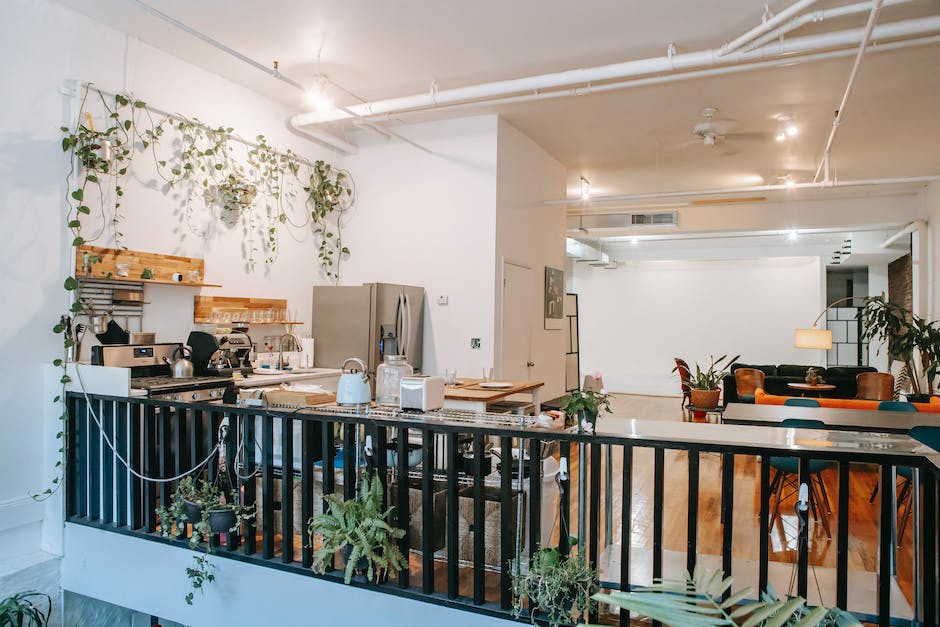
Immersing oneself in the Scandinavian design realm is an exploration of aesthetics, functionality, and mindfulness. Its principles extend beyond design, subtly weaving into our way of life by prompting us to appreciate simplicity, practice minimalism, and respect the environment. By incorporating these elements into your home, you not only create an abode that is aesthetically pleasing, but one that is also comforting and harmonious. Remember, Scandinavian design isn’t just about matching furniture to walls; it’s about creating a space that tells a story of tranquility, functionality, and endless charm. This guide delivers a curated collection of knowledge and inspirations to create such a space, embracing the timeless charm Scandinavian design offers.

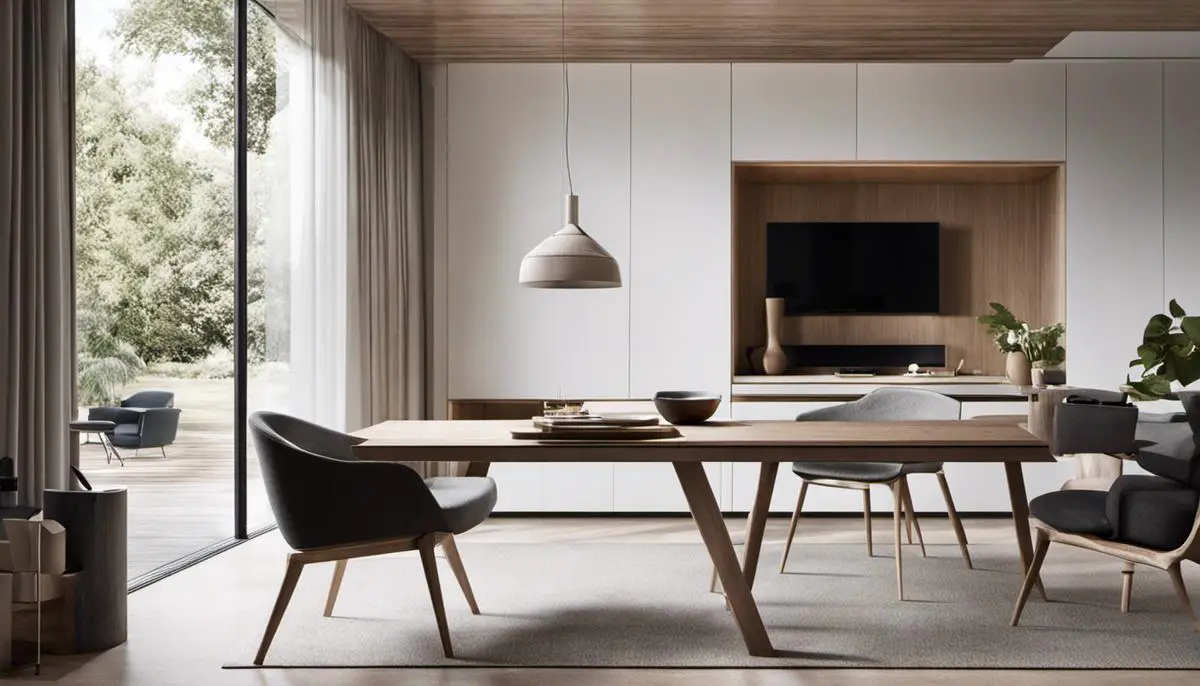
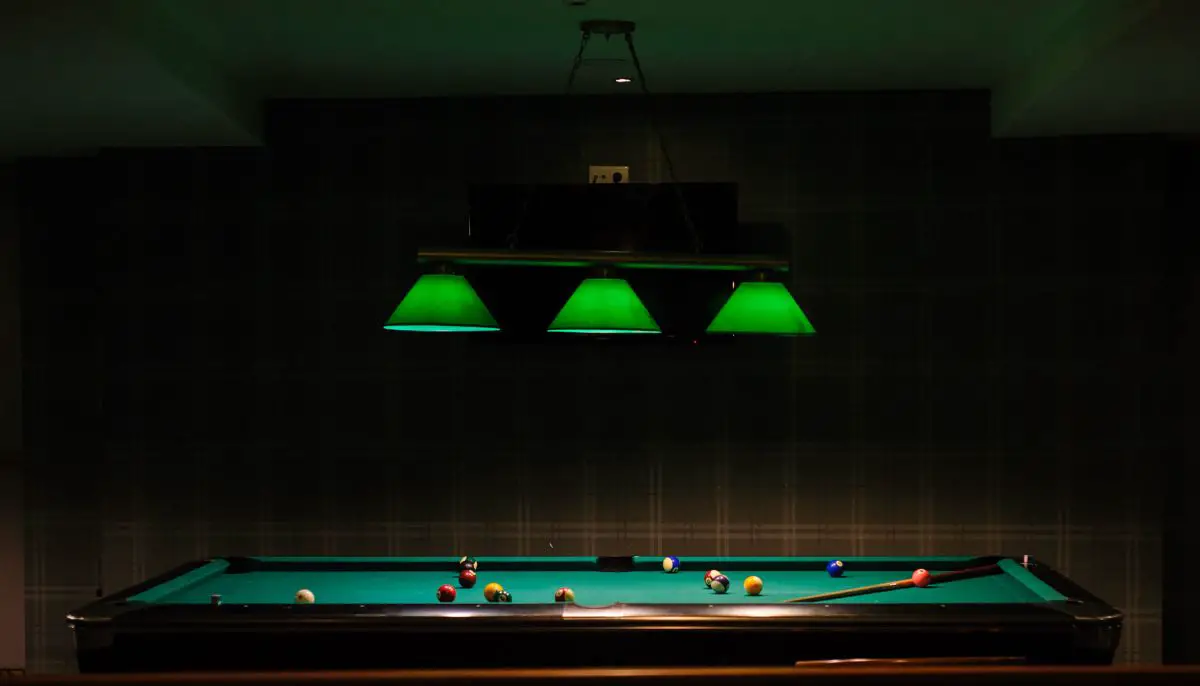
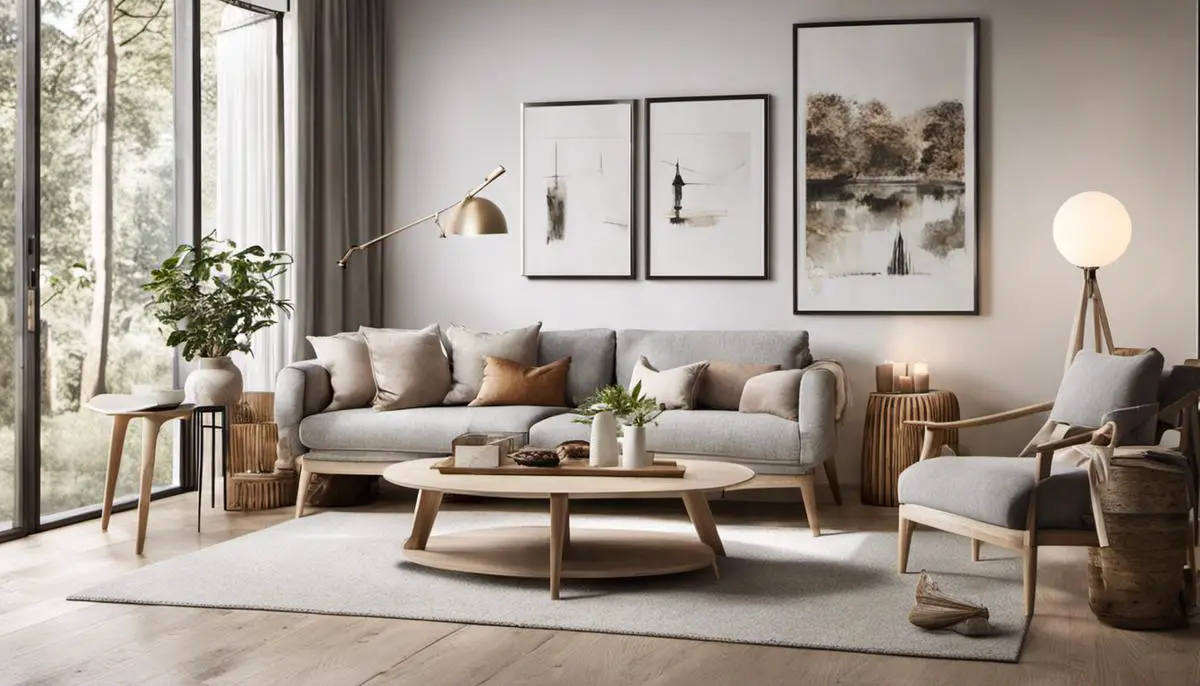
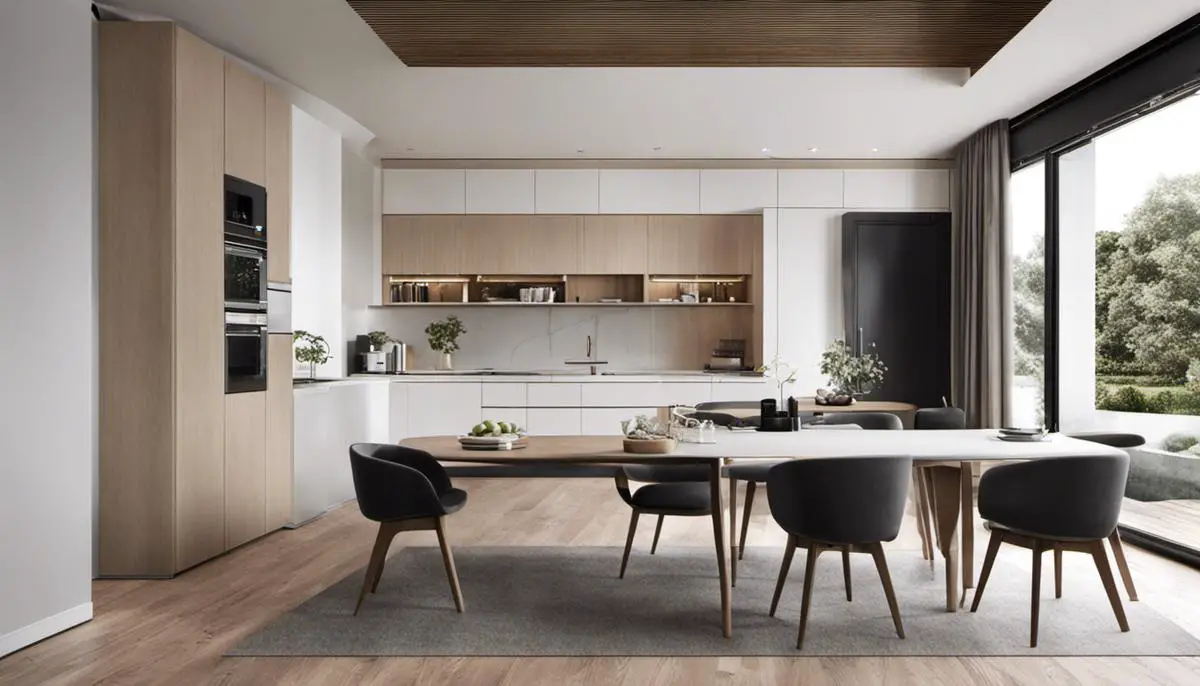
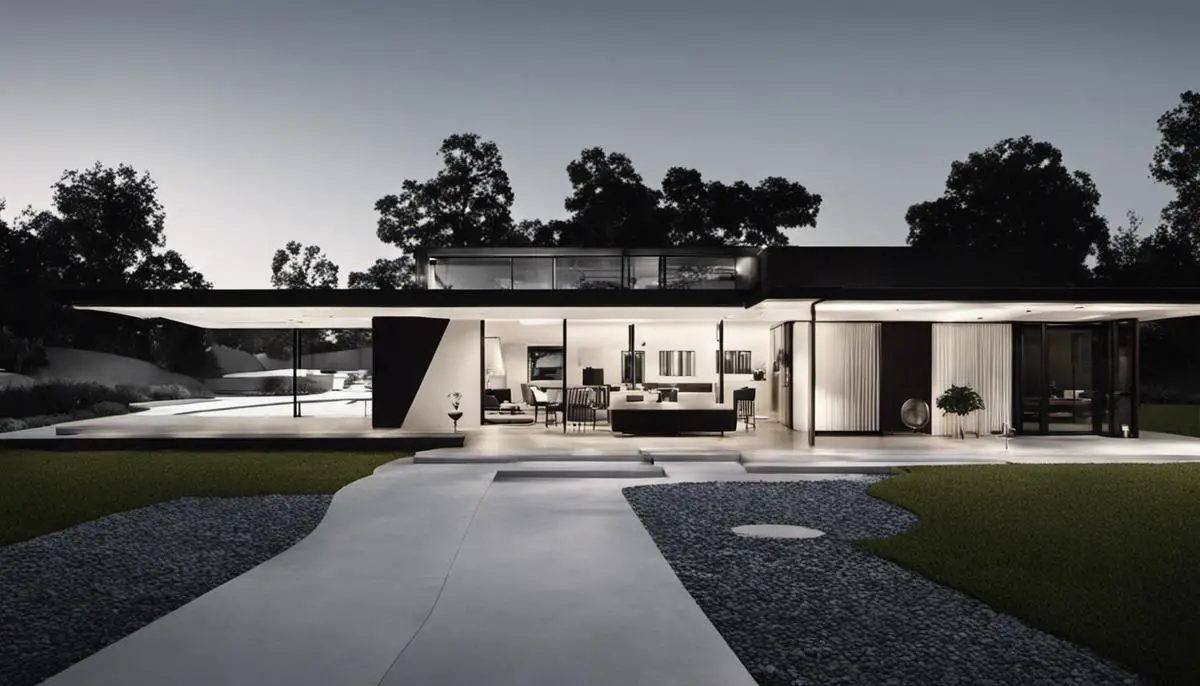
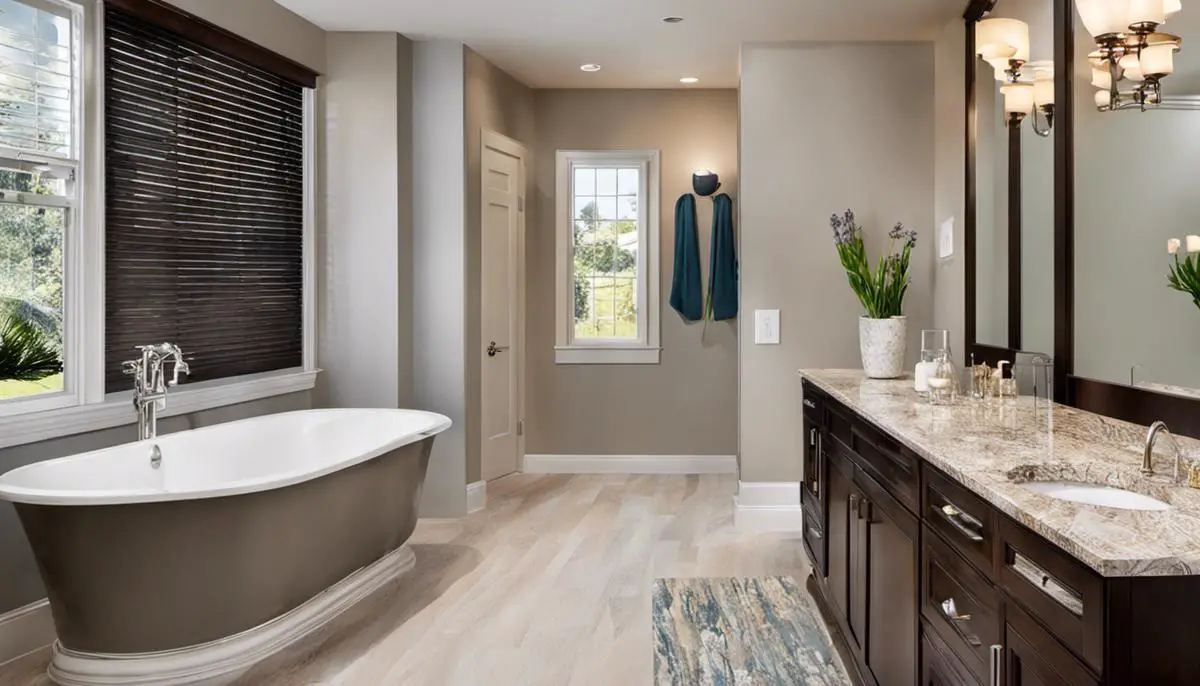
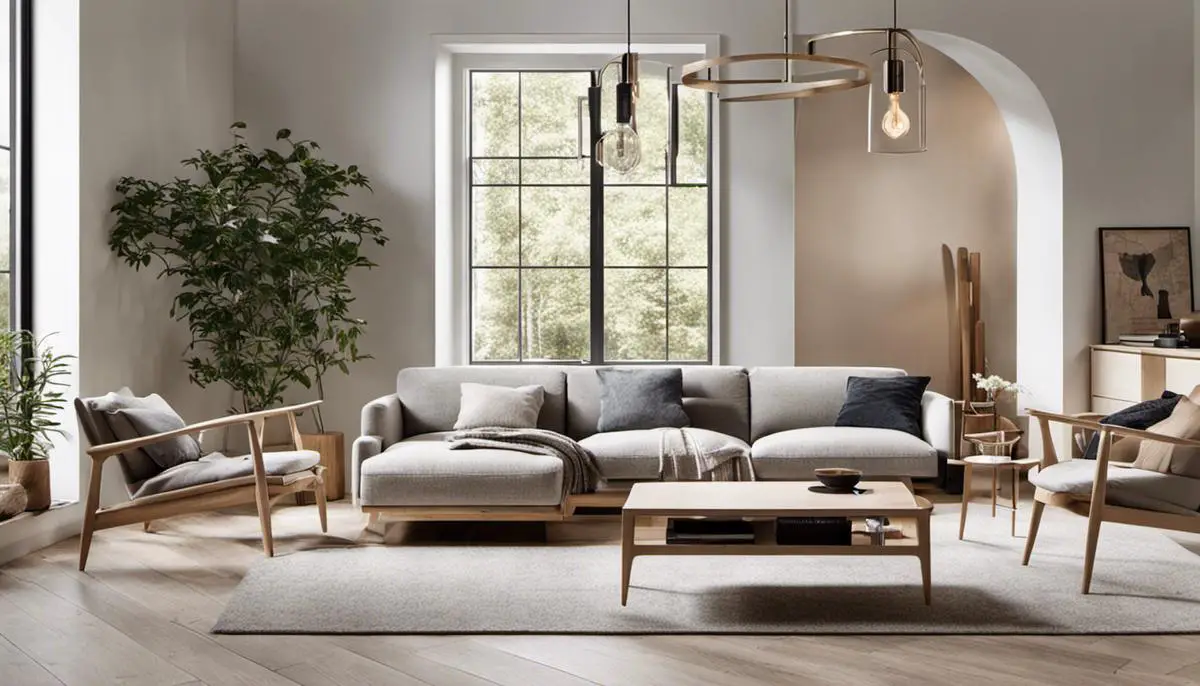

Leave a Reply